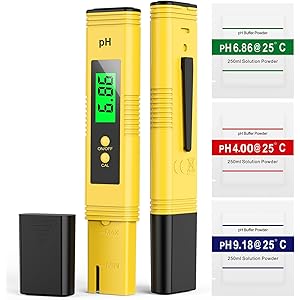Understanding Flocculants
Flocculants are chemical agents that promote the clumping of particles in liquids, facilitating the separation of solids from liquids. They are widely used in various industries, including water treatment, mining, and food processing. Understanding how to dissolve flocculant effectively is crucial for optimizing their performance and ensuring efficient operation in your processes.
Types of Flocculants
There are several types of flocculants, including organic and inorganic varieties. Organic flocculants, such as polyacrylamides, are commonly used due to their effectiveness and biodegradability. Inorganic flocculants, like aluminum sulfate, are often used in water treatment applications. Knowing the type of flocculant you are working with is essential for determining the best method for dissolution.
Importance of Proper Dissolution
Proper dissolution of flocculants is critical for achieving optimal performance. If a flocculant is not adequately dissolved, it may not effectively bind with the particles in the liquid, leading to poor flocculation and inefficient separation. This can result in increased operational costs and reduced product quality. Therefore, understanding how to dissolve flocculant correctly is vital for any operation utilizing these chemicals.
Steps to Dissolve Flocculant
To dissolve flocculant effectively, start by measuring the appropriate amount of flocculant needed for your application. Next, add the flocculant to a container filled with water, ensuring that the water is at the recommended temperature for dissolution. Stir the mixture thoroughly to promote even dispersion of the flocculant in the water. This process may take several minutes, depending on the type of flocculant used.
Using the Right Temperature
The temperature of the water used for dissolving flocculants can significantly impact their effectiveness. Generally, warmer water can enhance the dissolution process, allowing the flocculant to dissolve more quickly and uniformly. However, it is essential to adhere to the manufacturer’s guidelines regarding temperature to avoid degrading the flocculant’s properties.
Get more content like this!
Sign up to receive updates and new terms first hand.
Mixing Techniques
Employing the right mixing techniques is crucial when dissolving flocculants. Using a mechanical mixer can provide consistent agitation, ensuring that the flocculant is evenly distributed throughout the water. If a mechanical mixer is not available, manual stirring with a paddle or stick can also be effective, but it may require more time and effort to achieve the desired consistency.
Monitoring Viscosity
As you dissolve the flocculant, it is essential to monitor the viscosity of the solution. An increase in viscosity indicates that the flocculant is dissolving properly. If the solution becomes too thick, it may be necessary to add more water to achieve the desired concentration. Maintaining the correct viscosity is vital for ensuring that the flocculant performs effectively in subsequent applications.
Storage of Dissolved Flocculant
Once the flocculant is dissolved, proper storage is crucial to maintain its effectiveness. Store the dissolved flocculant in a cool, dark place to prevent degradation from light and heat. Additionally, ensure that the container is sealed tightly to avoid contamination and evaporation, which can alter the concentration of the solution.
Common Mistakes to Avoid
When learning how to dissolve flocculant, it is essential to avoid common mistakes that can hinder the process. One common error is adding too much flocculant at once, which can lead to clumping and incomplete dissolution. Another mistake is using water that is too cold, which can slow down the dissolution process. Following best practices can help ensure that the flocculant is dissolved correctly and efficiently.
Conclusion
Understanding how to dissolve flocculant is a vital skill for professionals in various industries. By following the proper steps, using the right techniques, and avoiding common pitfalls, you can ensure that your flocculant performs optimally, leading to improved efficiency and product quality in your operations.



